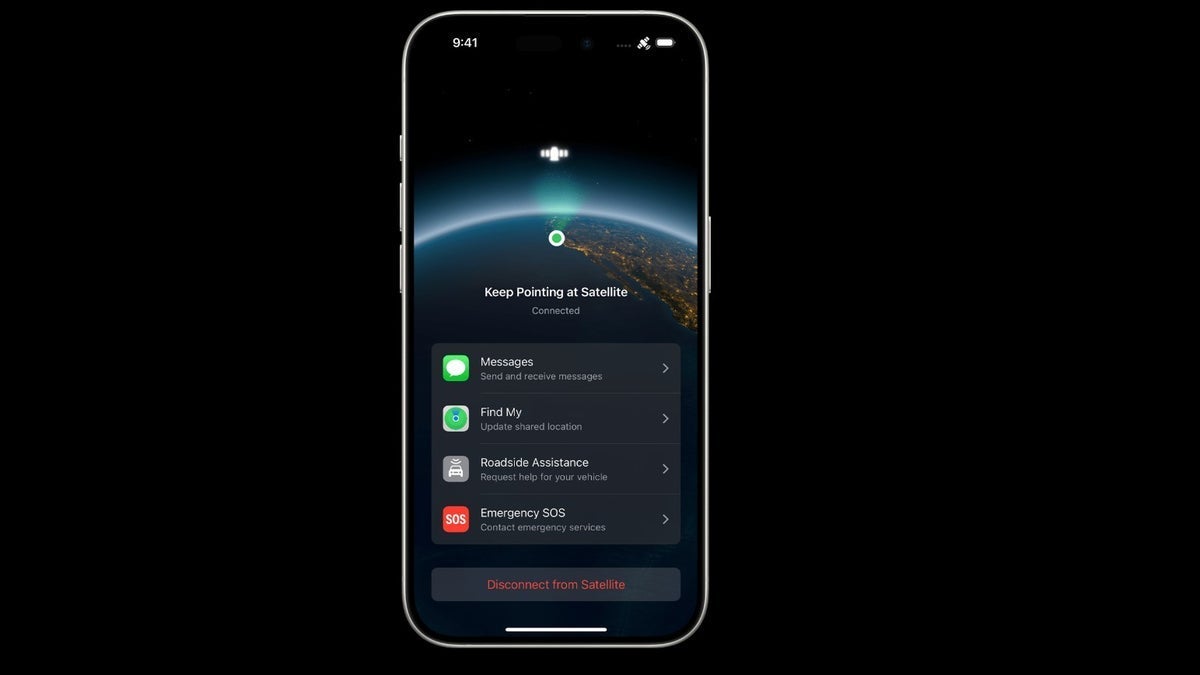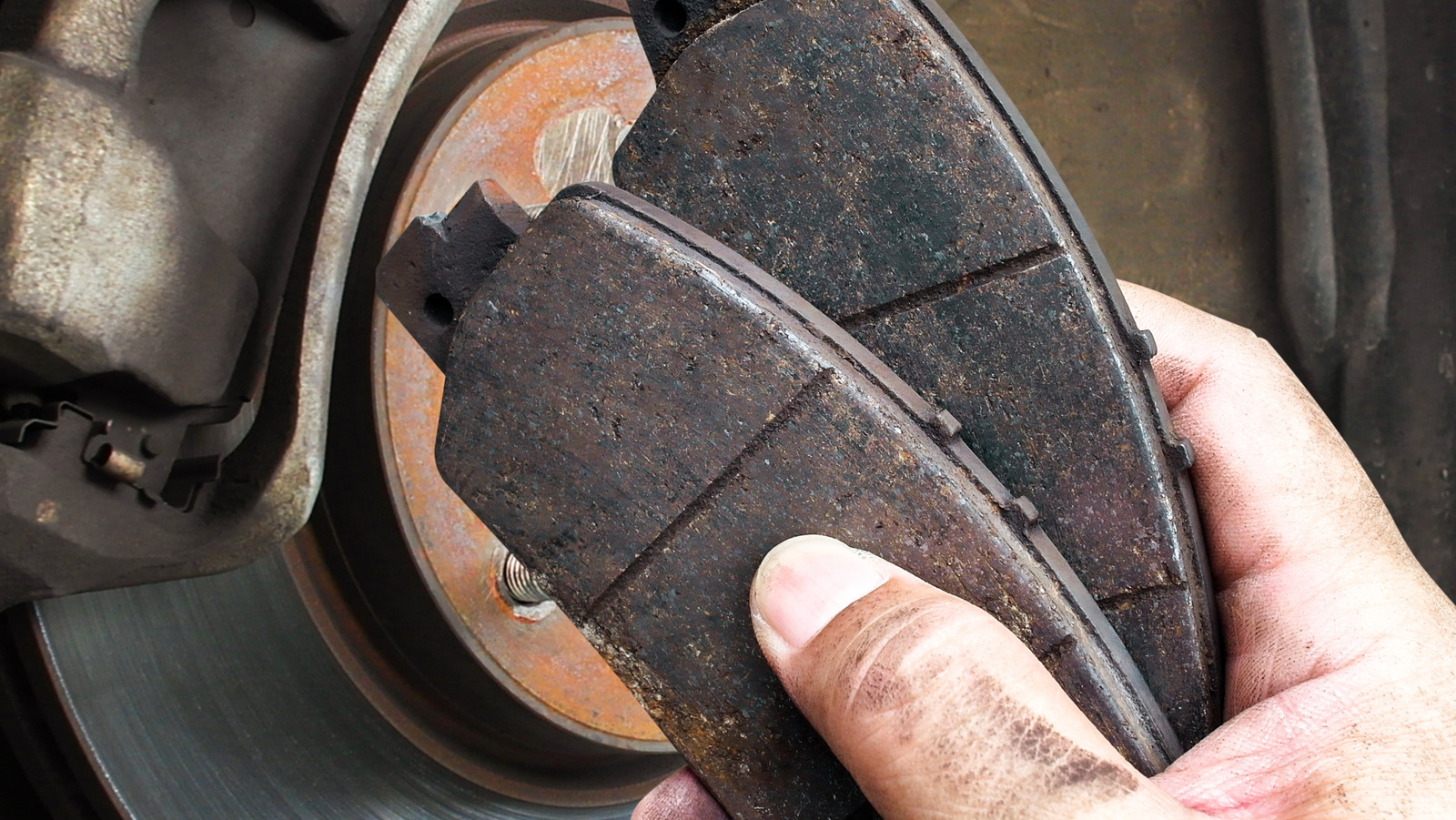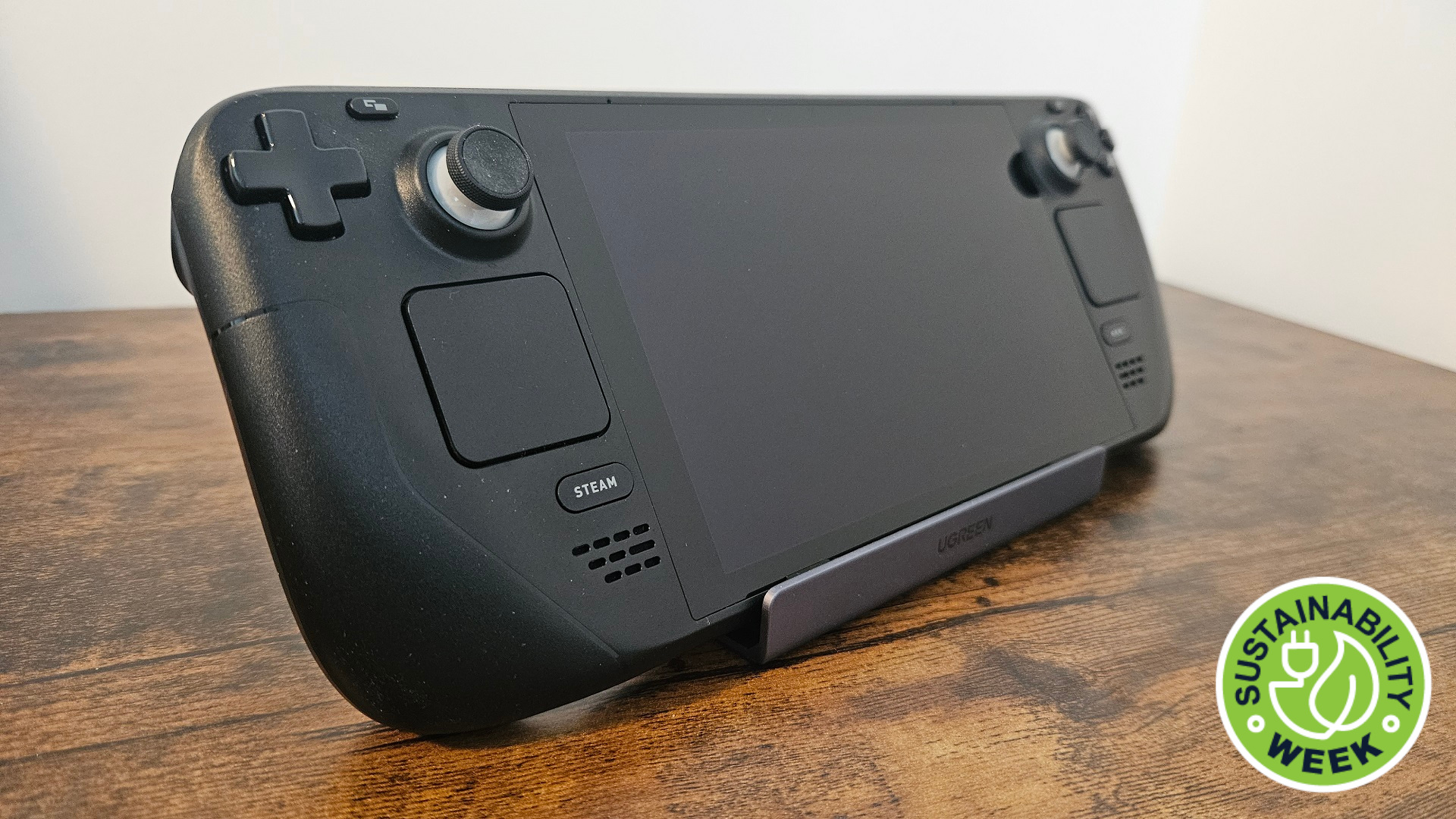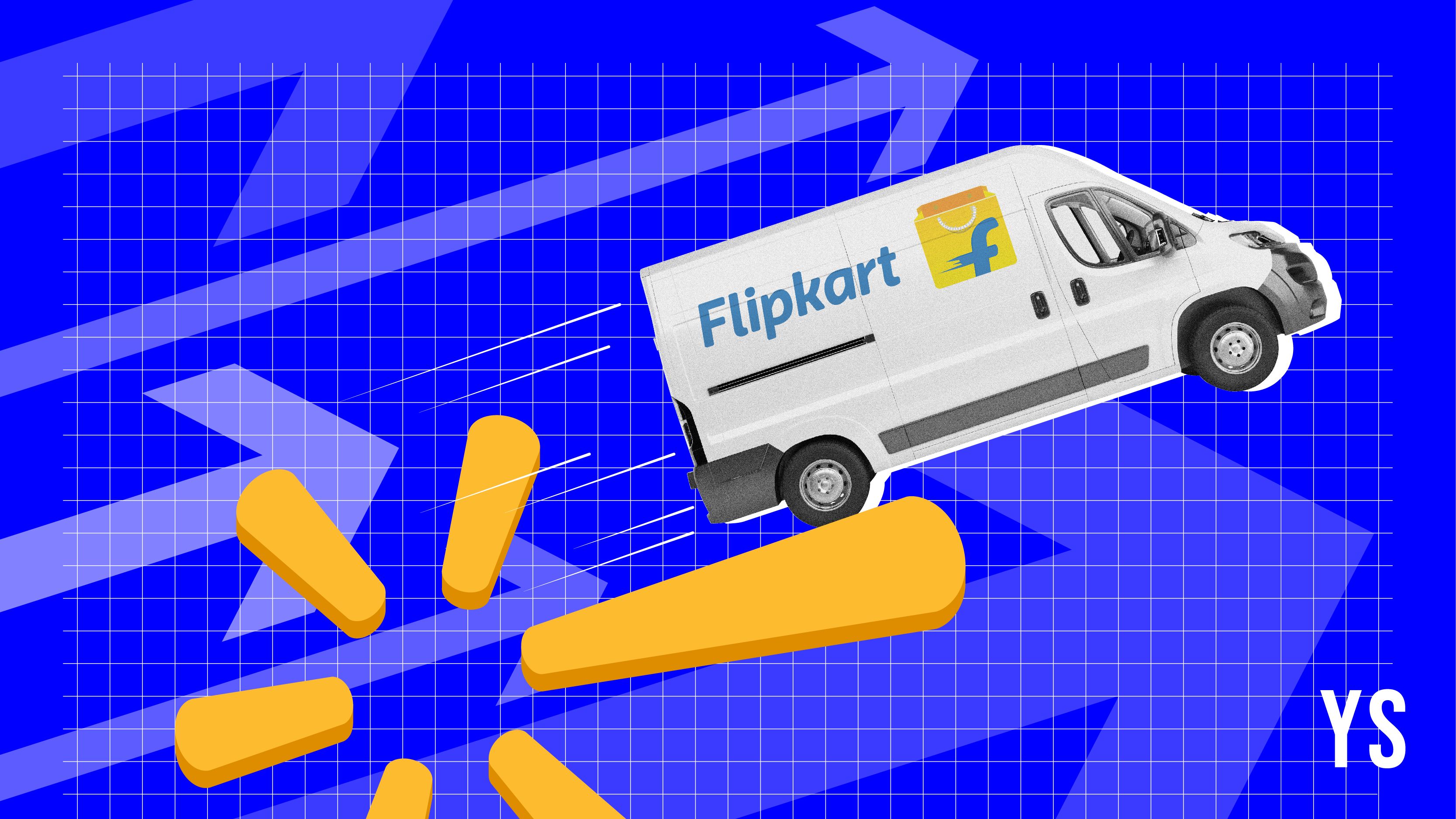From the brink of failure to a bold new blueprint: How Fittr revived from collapse
Fittr soared during the pandemic, but reckless growth nearly sank it. Now, after a dramatic turnaround, the startup is betting big on a bold new identity: full-stack healthcare.


In 2020, Fittr was flourishing. The Pune-based health and wellness platform, founded by Jitendra Chouksey (JC), had raised fresh capital from Sequoia now PeakXV and was riding a pandemic-induced fitness boom. Revenue soared, the team expanded, and the company appeared to be one of the few lucky startups thriving in a time of global uncertainty.
At the start of the pandemic in 2020, Fittr appeared perfectly positioned. As a fully online platform with no dependence on physical gyms, it was uniquely suited for a world under lockdown. Its core model—remote fitness coaching, home-based workout plans, and nutrition guidance—suddenly became incredibly relevant as millions of people stuck at home began prioritizing their health and wellness
However, trouble brewed beneath its surface. “We grew, but the profit was not there, and we slipped into losses,” JC recalls.
Fittr, a bootstrapped success story for five years, suddenly began bleeding cash. In FY22 it lost Rs 25.2 crore which spiked in FY23 to Rs 41 crore.
What went wrong?
After raising fresh funds, Fittr focused on accelerating growth and invested in talent acquisition and marketing. While some initiatives did not deliver, these experiences provided insights for a more disciplined and impact-driven approach to resource allocation and team building. This period strengthened the company’s ability to adapt and optimise for sustainable growth.
Fittr went on a hiring spree and spent heavily on performance marketing and brand campaigns, which didn’t yield returns. “We ignored the losses and spent mindless money,” JC admits.
While revenues grew—from Rs 58 crore to nearly Rs 90 crore—so did the cash burn. As the world reopened in 2022, two years after the COVID-19 pandemic began, consumers returned to their gyms, leaving behind their online fitness sessions. “It was a great year for gyms,” JC says. “But for online businesses, not so much.”
The shift was brutal, as JC puts it, “The real colour of people starts showing when they know you’re about to go down. Customers didn’t care if deep discounting was killing us, as long as it was a sweet deal for them.”
And the stress was unrelenting. “I was losing sleep trying to raise some funds and reaching out to VCs. The same folks who wanted us to grow at all costs now wanted us to be profitable.”
In fact, traditional lenders turned cold. “The same venture debt guys, who kept chasing us for years, didn’t think we could repay. I proposed putting my house on a mortgage. The bank, the same one we’d worked with for eight years, quoted an interest rate of 13.5%.”
The turning point
After over a year of hardships, January 2023 was a decisive moment for JC when he met Zerodha’s Nithin Kamath. “We exchanged some emails that knocked some sense into me,” he says. “He asked me if I could turn things around and survive. And so I did.”
Fittr shut down all performance marketing. It stopped the discounts. It let go of employees who weren’t contributing to the bottom line. “We took some harsh decisions,” JC says. “And voila! We had our first profitable quarter of 2023.”
Then came a second, and a third.
From nearly Rs 40 crore in losses in FY23, Fittr slashed its deficit to less than Rs 50 lakh on a cash basis for FY23-24, and achieved Rs 11.5 crore as profit on a cash basis and about Rs 8 crore on an accrual basis for FY24-25.
Rebuilding from first principles
In parallel with the turnaround, JC began rethinking Fittr’s entire proposition. The company had always catered to fitness enthusiasts—those already inclined toward improving their physical health. The market, however, was both niche and fickle.
“People who are already into fitness, they might need our services, but they’re driven and self-motivated,” he says. “How do we reach people who don’t necessarily want to get fit but care about their health?”
The answer: diagnostics. Its first major product in this new direction was Fittr HART—a smart ring that measures sleep quality, heart rate variability, and blood oxygen levels, among other metrics.
The ring was four years in development, but once launched, it scaled quickly. “In the first year, we did Rs 6.6 crore,” JC says. “This year, we’re tracking 7X growth. We’ve hit an ARR of around Rs 18–20 crore.”
The ring was followed by a suite of health-tech product announcements: high-accuracy impedance scales, a UV self-cleaning smart bottle, and a lab ecosystem capable of full-body diagnostics. “It’s not just blood and urine,” JC explains. “It’s your ECG, dexa, spirometry—your entire body.”
At present, Fittr is procuring the equipment and setting up its first lab in Pune’s Kharadi area, with four more labs coming up in Delhi, Bengaluru, Hyderabad, and Chennai.
The new funnel
The logic behind Fittr’s pivot is simple. JC says, “If people don’t know what’s wrong with them, they live under the illusion that they’re healthy. But once they find out, they automatically become more cautious—and that’s when they seek out our services.”
In this model, coaching is no longer the hook. It’s the follow-up. “The ring becomes an intervention. The scale becomes an intervention. The coach is an intervention. The lab is an intervention.”
JC is no longer just a founder trying to fix a company. He’s getting into the game himself—studying genetics, physiology, biochemistry, and pharmacology. He’s enrolled in Harvard’s Global Health Leaders Programme. “I’m a software engineer who’s now interested in human engineering,” he says.
The vision: Own the stack
Fittr’s broader ambition is to become an end-to-end healthcare company. The labs are just a starting point. “Eventually, we want to go into hospitals,” JC says. “We want to own the entire healthcare stack.”
It’s an ambitious bet—but one rooted in bitter lessons and hard-won clarity. After losing sleep, capital, and faith, JC is building again—this time with restraint, insight, and conviction.
“We’re no longer just a fitness company. We’re building an end-to-end healthcare company,” he says.
































































































































































![[The AI Show Episode 143]: ChatGPT Revenue Surge, New AGI Timelines, Amazon’s AI Agent, Claude for Education, Model Context Protocol & LLMs Pass the Turing Test](https://www.marketingaiinstitute.com/hubfs/ep%20143%20cover.png)


























































































































![[DEALS] Koofr Cloud Storage: Lifetime Subscription (1TB) (80% off) & Other Deals Up To 98% Off – Offers End Soon!](https://www.javacodegeeks.com/wp-content/uploads/2012/12/jcg-logo.jpg)
























![Is this too much for a modular monolith system? [closed]](https://i.sstatic.net/pYL1nsfg.png)























-The-Elder-Scrolls-IV-Oblivion-Remastered---Official-Reveal-00-18-14.png?width=1920&height=1920&fit=bounds&quality=70&format=jpg&auto=webp#)




























































































_roibu_Alamy.jpg?width=1280&auto=webp&quality=80&disable=upscale#)




 CISO’s Core Focus.webp?#)










































































































![iPadOS 19 May Introduce Menu Bar, iOS 19 to Support External Displays [Rumor]](https://www.iclarified.com/images/news/97137/97137/97137-640.jpg)

![Apple Drops New Immersive Adventure Episode for Vision Pro: 'Hill Climb' [Video]](https://www.iclarified.com/images/news/97133/97133/97133-640.jpg)





































































































